Home>Furniture & Design>Interior Design Trends>When Were Glass Windows First Used
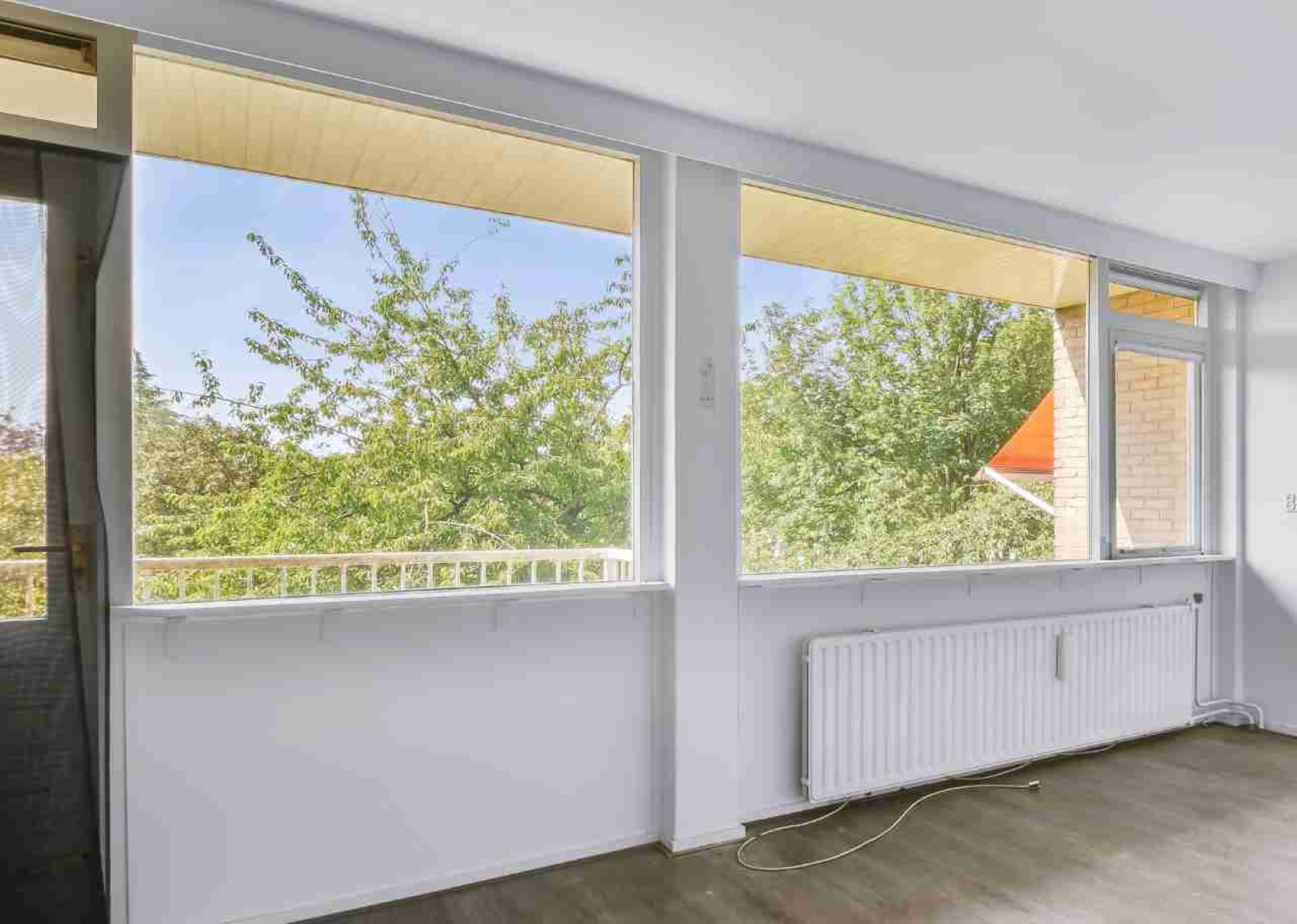

Interior Design Trends
When Were Glass Windows First Used
Modified: February 26, 2024
Discover the history of glass windows and their impact on interior design trends. Learn when glass windows were first used and how they have influenced interior design throughout the years.
(Many of the links in this article redirect to a specific reviewed product. Your purchase of these products through affiliate links helps to generate commission for Storables.com, at no extra cost. Learn more)
Introduction
Glass windows have become an integral part of modern architecture, offering both functionality and aesthetic appeal. The evolution of glass windows is a fascinating journey that spans centuries, marked by technological advancements and artistic innovation. Understanding the origins and development of glass windows provides valuable insight into the intersection of design, engineering, and cultural influences.
Throughout history, the use of glass windows has transcended mere practicality, evolving into a symbol of sophistication and elegance in architectural design. The allure of natural light filtering through transparent panes has captivated the imagination of architects, artists, and homeowners alike, shaping the way we perceive and interact with interior spaces.
As we delve into the early history and evolution of glass windows, we uncover the ingenuity and craftsmanship of ancient civilizations, each contributing to the gradual refinement and widespread adoption of this transformative architectural element. From the humble beginnings of small, translucent discs to the grandeur of stained glass masterpieces adorning cathedrals, the story of glass windows is a testament to human creativity and ingenuity.
Join us on a journey through time as we explore the origins, development, and global impact of glass windows, shedding light on the pivotal moments and key innovations that have shaped the way we experience and appreciate architectural spaces.
Key Takeaways:
- Glass windows have a rich history dating back to ancient civilizations like Rome, China, and India, evolving from small, translucent discs to stunning stained glass masterpieces in cathedrals.
- The development and spread of glass windows during the Renaissance and beyond transformed architectural design, illuminating spaces and inspiring unique hybrid styles across different cultures.
Read more: When Was Glass First Used In Windows
Early History of Glass Windows
The early history of glass windows dates back to ancient civilizations, where the concept of transparent openings in structures began to take shape. The earliest known instances of glass being used for windows can be traced to the Roman Empire, where glassblowing techniques and advancements in glass production paved the way for the incorporation of glass panes into architectural design. However, these early iterations of glass windows were far from the clear, uniform panes we are familiar with today. Instead, they consisted of small, thick glass discs known as "lenses," which were often translucent rather than transparent.
It was not until the late third and early fourth centuries that the Romans began to experiment with larger, flatter glass panes, marking a significant milestone in the evolution of glass windows. These advancements in glassmaking techniques allowed for the production of broader and more transparent windows, albeit with inherent imperfections and irregularities. The use of glass windows during this period was primarily reserved for the homes of the affluent and influential, symbolizing wealth and prestige.
The transition from small glass discs to larger, more transparent panes gained momentum during the Middle Ages, particularly in the context of religious architecture. The Gothic cathedrals of the 12th and 13th centuries showcased remarkable advancements in the use of stained glass, where intricate designs and vibrant colors transformed windows into awe-inspiring works of art. These stained glass windows not only served a functional purpose but also conveyed religious narratives and symbolisms, captivating worshippers with their ethereal beauty and storytelling capabilities.
In the East, the utilization of glass windows also flourished, with evidence of early examples found in ancient Chinese and Indian architecture. The Chinese, renowned for their mastery of glassmaking, crafted exquisite window panels adorned with delicate patterns and motifs, reflecting the rich cultural heritage of the region. Similarly, in India, the use of ornate glass windows adorned palaces and temples, showcasing the intricate craftsmanship and artistic expression prevalent in the architecture of the time.
The early history of glass windows is a testament to the ingenuity and resourcefulness of ancient civilizations, each contributing to the gradual refinement and expansion of this transformative architectural element. From the modest beginnings of small, translucent lenses to the grandeur of stained glass masterpieces, the evolution of glass windows laid the foundation for the architectural marvels that continue to inspire and captivate us today.
Glass windows were first used in ancient Rome around the 1st century AD. They were initially small and thick, but over time, the technology improved, leading to the larger and clearer windows we have today.
Development and Spread of Glass Windows
The development and spread of glass windows underwent a remarkable evolution, propelled by technological advancements, cultural exchanges, and the ever-growing demand for innovative architectural elements. As the art of glassmaking continued to progress, the utilization of glass windows expanded beyond the confines of elite residences and religious structures, permeating various architectural styles and geographical regions.
During the Renaissance period, the refinement of glassmaking techniques led to significant improvements in the quality and clarity of glass panes, paving the way for their widespread integration into domestic and commercial buildings. The emergence of larger, more uniform glass windows revolutionized interior spaces, allowing natural light to illuminate rooms and creating a sense of openness and connectivity with the surrounding environment. This transformative shift in architectural design mirrored the cultural and intellectual awakening of the Renaissance era, where a renewed emphasis on humanism and the arts spurred a renaissance in architectural innovation.
The 17th and 18th centuries witnessed a surge in the popularity of glass windows across Europe, coinciding with the rise of the Baroque and Rococo architectural styles. Elaborate palaces, grand estates, and opulent public buildings embraced the use of expansive windows, reflecting the opulence and grandeur of the era. The introduction of sash windows, characterized by multiple movable panels, further enhanced the functionality and aesthetic appeal of glass windows, allowing for improved ventilation and design versatility.
As European explorers and traders ventured across the seas, the influence of glass windows transcended continental boundaries, making its way to distant lands and cultures. The colonial expansion of European powers brought the architectural traditions of glass windows to new territories, where they intersected with indigenous building practices, giving rise to unique hybrid styles that blended local craftsmanship with imported design elements.
In the modern era, the evolution of glass windows has been shaped by technological innovations, such as energy-efficient glazing and smart glass solutions, catering to the evolving needs of sustainable and technologically integrated architecture. The seamless integration of glass windows into contemporary skyscrapers, avant-garde residential structures, and eco-friendly buildings underscores the enduring relevance and adaptability of this architectural feature in the 21st century.
The global spread and evolution of glass windows exemplify the enduring legacy of this architectural element, transcending time and borders to become an indispensable component of architectural design worldwide. From the ancient civilizations of the past to the cutting-edge structures of today, the journey of glass windows continues to captivate and inspire, embodying the timeless allure of transparency, light, and artistic expression in architectural spaces.
Conclusion
The evolution of glass windows stands as a testament to human creativity, innovation, and the enduring quest for architectural excellence. From its humble origins as small, translucent discs to the grandeur of stained glass masterpieces adorning cathedrals, the journey of glass windows has been marked by ingenuity, cultural exchange, and technological progress.
The early history of glass windows, rooted in the ancient civilizations of Rome, China, and India, reflects the diverse cultural expressions and technical achievements of bygone eras. The transition from small glass lenses to larger, more transparent panes during the Middle Ages heralded a new chapter in architectural design, with stained glass windows becoming captivating works of art that transcended mere functionality.
The development and spread of glass windows during the Renaissance and subsequent periods ushered in an era of architectural transformation, where the integration of expansive, clear windows redefined interior spaces and illuminated the architectural landscape. The global dissemination of glass windows, facilitated by European exploration and trade, led to the fusion of diverse architectural traditions, resulting in unique hybrid styles that endure to this day.
In the modern era, the evolution of glass windows continues to be shaped by technological advancements, sustainability considerations, and the seamless integration of innovative materials. The enduring relevance and adaptability of glass windows in contemporary architecture underscore their timeless appeal and indispensable role in shaping the built environment.
As we reflect on the journey of glass windows, from ancient marvels to modern marvels, we are reminded of the profound impact of this architectural element on our perception of space, light, and artistic expression. The allure of natural light filtering through transparent panes, the intricate beauty of stained glass narratives, and the seamless integration of glass into cutting-edge structures all speak to the enduring legacy of glass windows as a symbol of sophistication, elegance, and human ingenuity.
In conclusion, the story of glass windows is a narrative of innovation, cultural exchange, and artistic expression that continues to inspire and captivate us, transcending time and geography to leave an indelible mark on the architectural tapestry of humanity.
Frequently Asked Questions about When Were Glass Windows First Used
Was this page helpful?
At Storables.com, we guarantee accurate and reliable information. Our content, validated by Expert Board Contributors, is crafted following stringent Editorial Policies. We're committed to providing you with well-researched, expert-backed insights for all your informational needs.


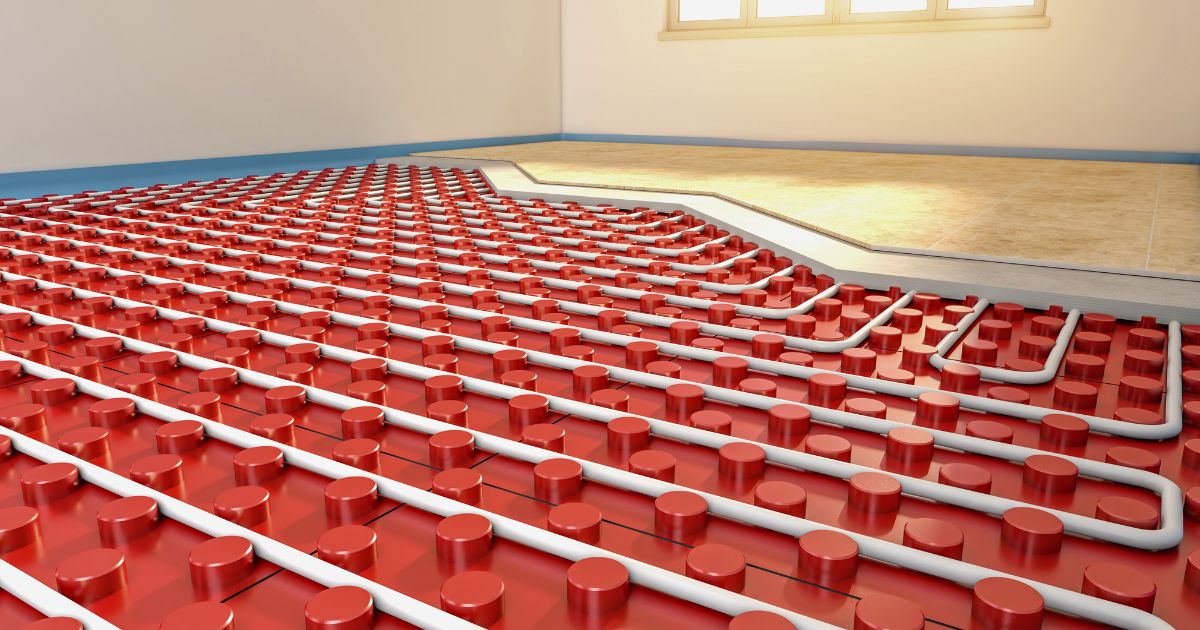

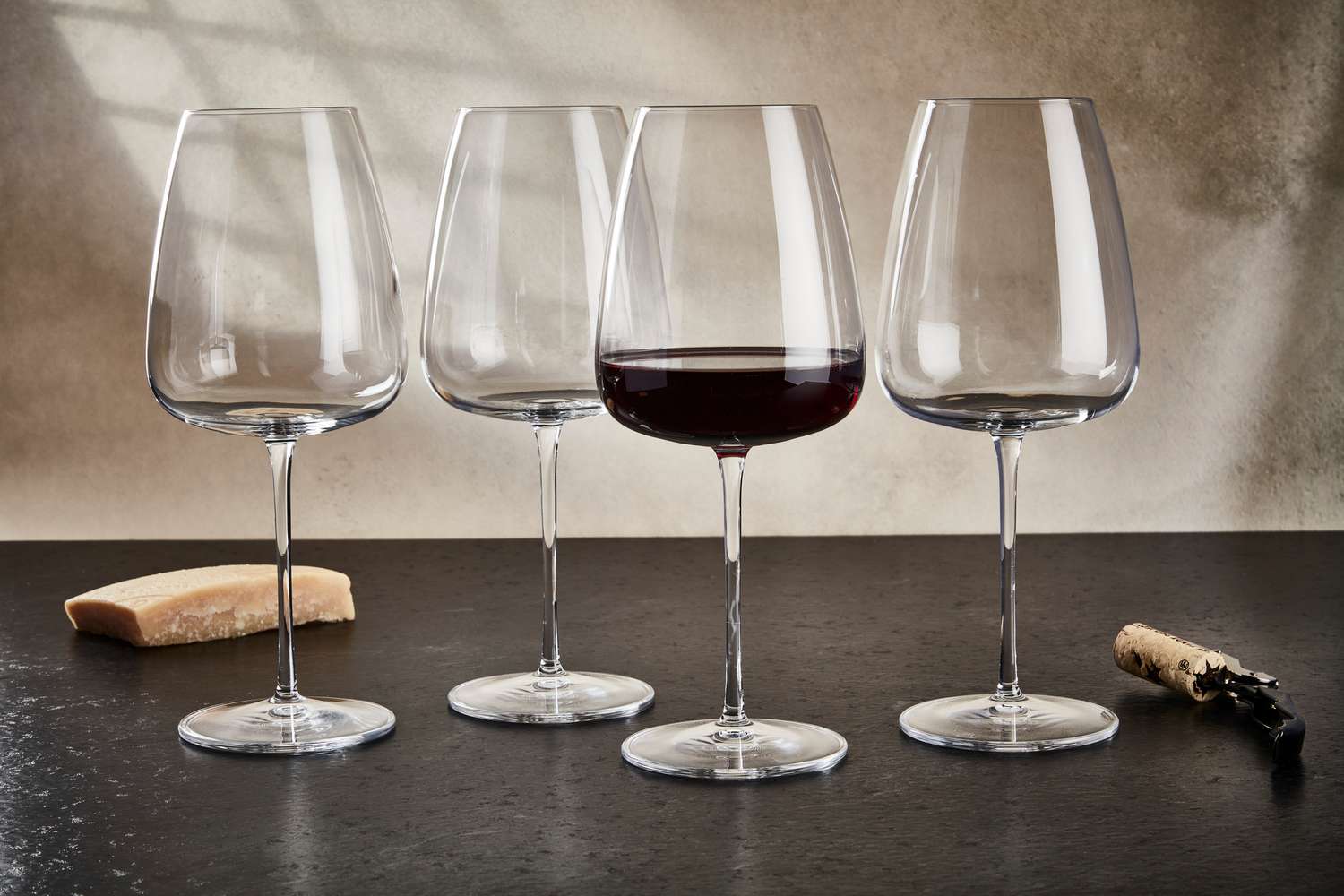

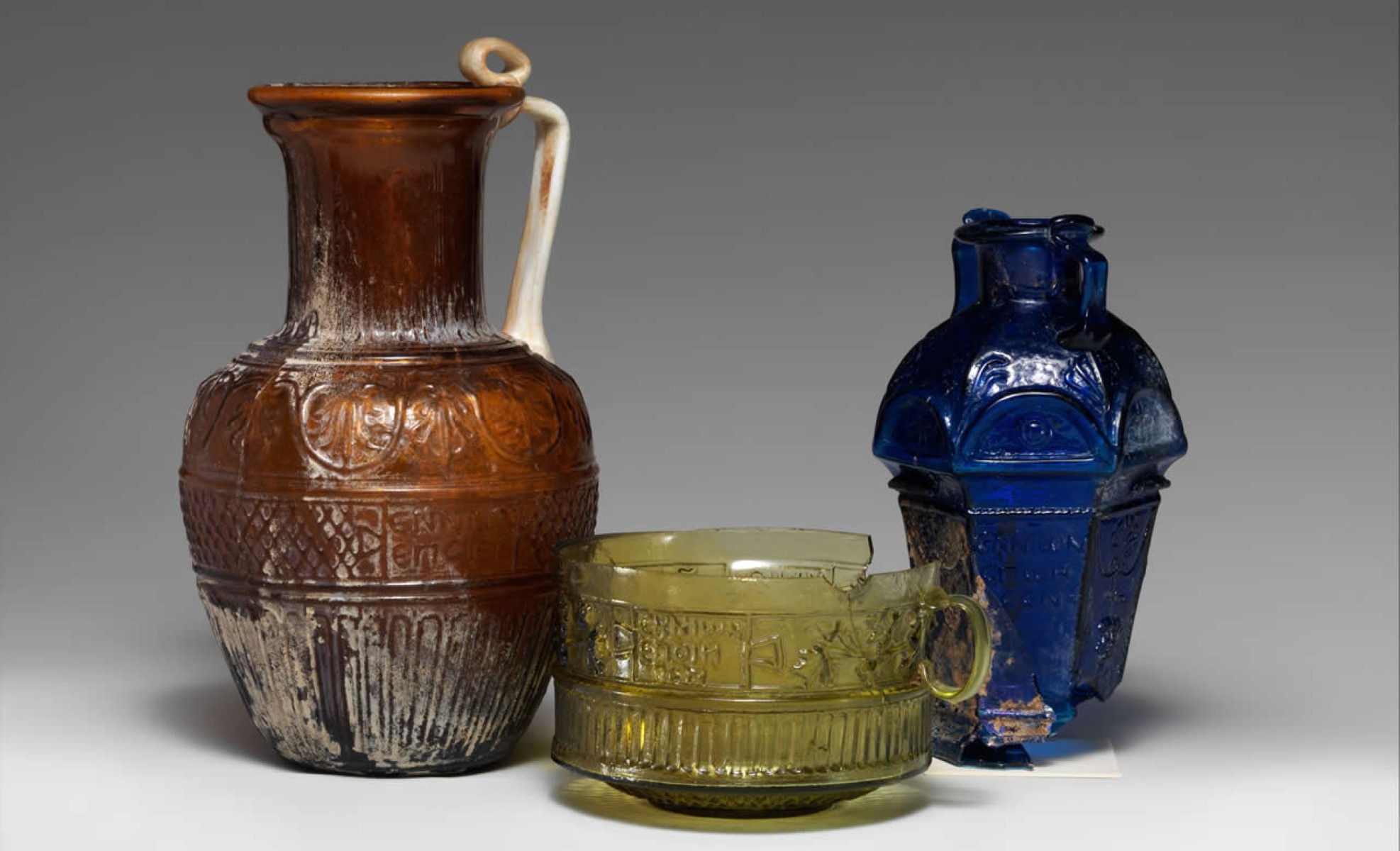




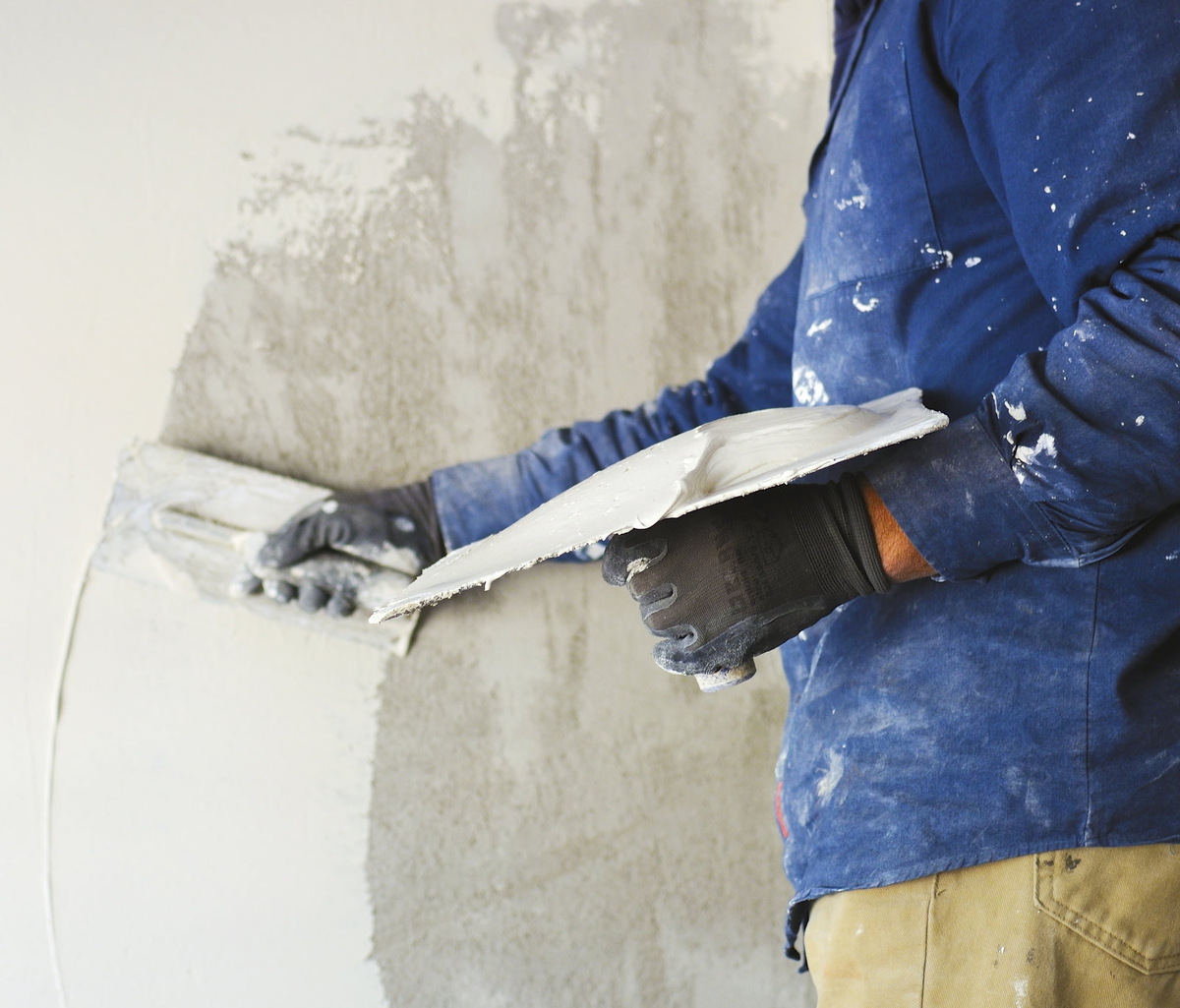


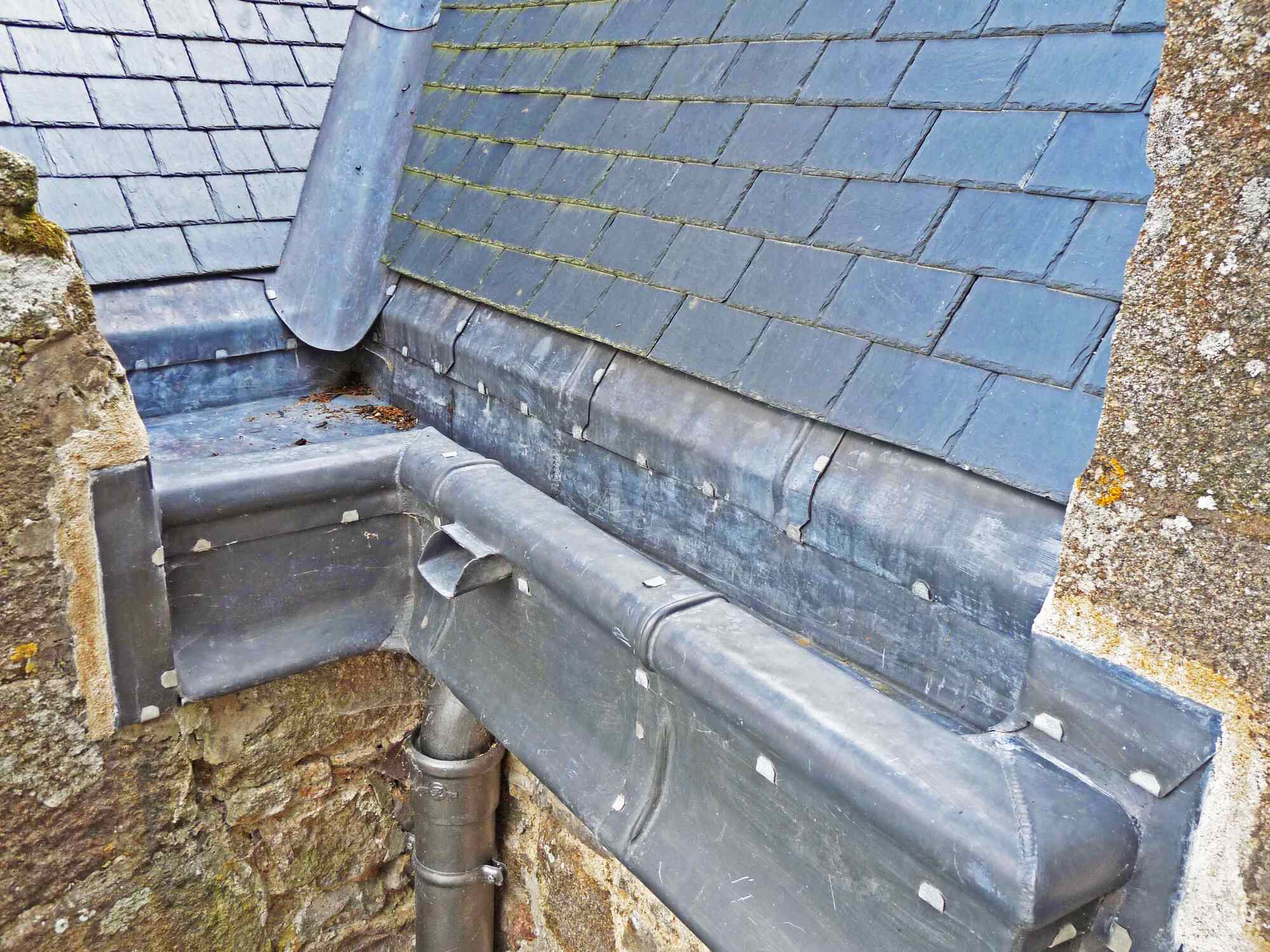

0 thoughts on “When Were Glass Windows First Used”